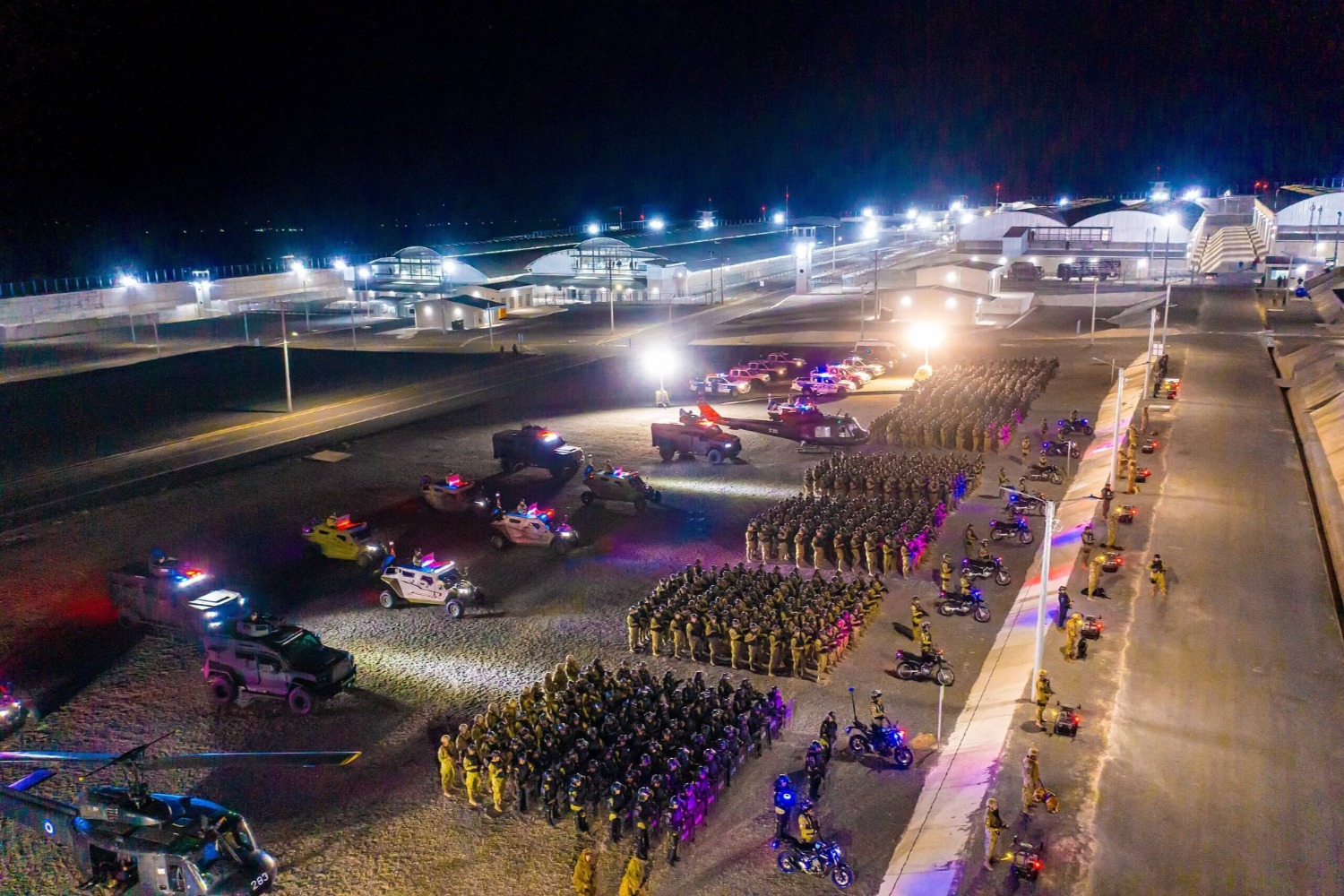NSPM-4: “Organization of the National Security Council, the Homeland Security Council, and Subcommittees”: A Summary
This morning, Bloomberg reported that President Donald Trump had filed a revised National Security Presidential Memorandum (NSPM-4) reorganizing the National Security Council.
Published by The Lawfare Institute
in Cooperation With

This morning, Bloomberg reported that President Donald Trump had filed a revised National Security Presidential Memorandum (NSPM-4) reorganizing the National Security Council. The memo itself is available here and revises the administration’s previous memorandum, which was released shortly after Trump took office. News coverage has focused on the memo’s removal of the President’s Chief Strategist, Steve Bannon, as an invitee of NSC meetings and as a regular attendee of the Principals Committee.
Below is a summary of the relevant provisions of NSPM-4.
Status of the Homeland Security Advisor
Whereas NSPM-2 had given both the National Security Advisor and the Homeland Security Advisor responsibility for “determining the agenda” of the National Security Council or Homeland Security Council, NSPM-4 provides this authority to the National Security Advisor alone. The memo allows that the Homeland Security Advisor may determine the agenda for meetings at the “sole discretion” of the National Security Advisor.
Likewise, the new structure of the Principals Committee makes clear that the Homeland Security Advisor may only convene and chair the PC at the “sole discretion” of the National Security Advisor.
As such, NPSM-4 appears to make the Homeland Security Advisor (a position currently held by Thomas Bossert) subordinate to National Security Advisor Lt. Gen. H.R. McMaster. This seems to return to the NSC structure used in the Obama administration, under which Lisa Monaco served as President Obama’s Homeland Security Advisor but was technically under the direction of Susan Rice as National Security Advisor.
Attendees and Invitees to NSC and Principals Committee Meetings
NSPM-4 alters the list of regular attendees and invitees to National Security Council meetings. Previously, the regular attendees consisted of the President, the Vice President, the Secretary of State, the Secretary of the Treasury, the Secretary of Defense, the Attorney General, the Secretary of Energy, the Secretary of Homeland Security, the National Security Advisor and Homeland Security Advisor, and the Representative to the United Nations; the memo also provided that the Director of National Intelligence and the Chairman of the Joint Chiefs of Staff “shall” attend NSC meetings. Under NSPM-4, the DNI and JSC Chair are formally included as regular attendees to NSC meetings along with the previous attendees listed. NSPM-4 includes the CIA Director as a regular attendee as well, which NSPM-2 notably failed to do.
NSPM-4 removes the Chief Strategist from the list of invitees to NSC meetings, which now includes only the Chief of Staff, White House Counsel, Deputy Counsel to the President for National Security Affairs, and the Director of the Office of Management and Budget.
The memo makes changes to the Principals Committee by removing the Chief Strategist as a regular attendee and elevating the Chairman of the Joint Chiefs of Staff and the Director of National Intelligence to regular attendee status. Under NSPM-2, the JSC Chairman and the DNI had only been formally pushed to attend “where issues pertaining to their responsibilities and expertise are to be discussed.” NSPM-4 restores the Chairman of the JSC and the DNI to their specified attendance under the Obama administration.
Deputies Committee and Policy Coordinating Committees
NSPM-4 provides much the same structure for the Deputies Committee and Policy Coordinating Committees as under the previous NSPM, with virtually no changes.
Bannon’s Status
Trump has left some room for flexibility to include Bannon with language which was present in NSPM-2, by saying that an “[i]nvitation to participate in specific Council meetings shall be extended to those heads of executive departments and agencies, and other senior officials, who are needed to address the issue or issues under consideration.” So Bannon's change in status is really one of enumeration: the “Assistant to the President and Chief Strategist” is no longer listed in as an “invitee” explicitly in the text. Bannon’s removal from the PC, coupled with the removal of his enumerated invitation to attend NSC meetings in Section A, formally terminates Bannon’s role in the decision-making process of the NSC, as both participant and observer.





